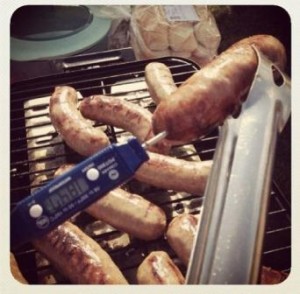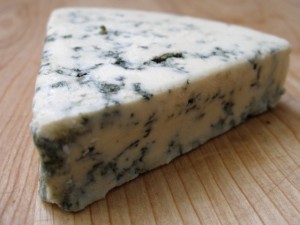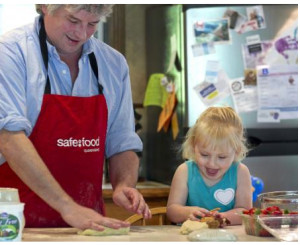The Internet is a fun place to experiment. With food. Or at least food safety. #citizenfoodsafety is our attempt to jump into the game of smartphone food porn/voyeurism. The following guest blog post explaining the origin and goals of the project was originally published at Scientific American.
The Interwebs continue to demonstrate that pictures and visuals matter. The clearest of messages in text can’t always describe what’s really happening. And when it comes to food safety, there’s a lot happening out there. Food safety voyeurism isn’t new, but the technology has changed. It’s been done with restaurant restrooms, grocery stores and farmers’ markets.
Almost a decade ago a group of keen public health folks in South Korea created the Sikparazzi movement. The program encouraged citizens eating at restaurants to take pictures of food sanitation infractions (cockroaches or cross-contamination) and send the visuals to health inspectors who would follow-up, and in some cases, assess a fine in response. In 2008 a second group of clever health folks in the UK followed suit and there have been multiple examples of pests-gone-wild in New York and Toronto being caught on smartphones – and shared through the Internet.
To participate, engage and utilize the world of food picture snapping we’ve started a project, citizen food safety, aimed at sharing visuals of food safety in the broadest of terms. Whether it’s rats, handwashing, pesticides, the mythical 5-second-rule or a dude eating Ramen noodles out of a bowl he made with his beard hair, we’re looking to curate a repository of what food safety means to the online world. This isn’t just for the food safety nerds; it’s for the Internet’s population of eaters: the regular folks who shop, cook and eat.
Good practices (like proper glove use, information on menus, food safety marketed to consumers, thermometer use) and bad ones (like cross-contamination, nose picking, temperature abuse, babies being changed on restaurant tables) are all in play.
To get in on the fun tweet or instagram a picture tagged with #citizenfoodsafety. All pics will be added to a tumblr site. Follow me @benjaminchapman on twitter or barfblogben on Instagram to see the outputs.
Our project is about increasing dialogue and engagement around food safety issues. Some folks use the same tools for other means, including undocumented business ventures like blackmail.
According to a EIN news desk report a Shandong is facing a five month jail term after snapping #citizenfoodsafety-like shots of a fancy food restaurant and then demanding money from the owners in exchange for the photos.
A Shandong native has been sentenced to five months jail time and fined 1,000 yuan for trying to blackmail a local restaurant. He allegedly went undercover and photographed food safety hazards around the eatery before refusing to cough up the pics unless the restaurant paid him a percentage of their earnings.
The defendant bought a set of hidden cameras and came to Shanghai. He successfully applied for a job at a high-end restaurant in Jing’an district on June 21. He secretly videoed the kitchen while working, collecting images of cockroaches and evidence that members lacked health permits.
Three days later, the man came back to the restaurant and said he would go to the media with the images unless the manager paid him 20 percent of the restaurant’s daily revenue. The manager asked his staff to call the police.
 food inspection changes following a local case of listeriosis this summer that was caused by blue cheese.
food inspection changes following a local case of listeriosis this summer that was caused by blue cheese.










